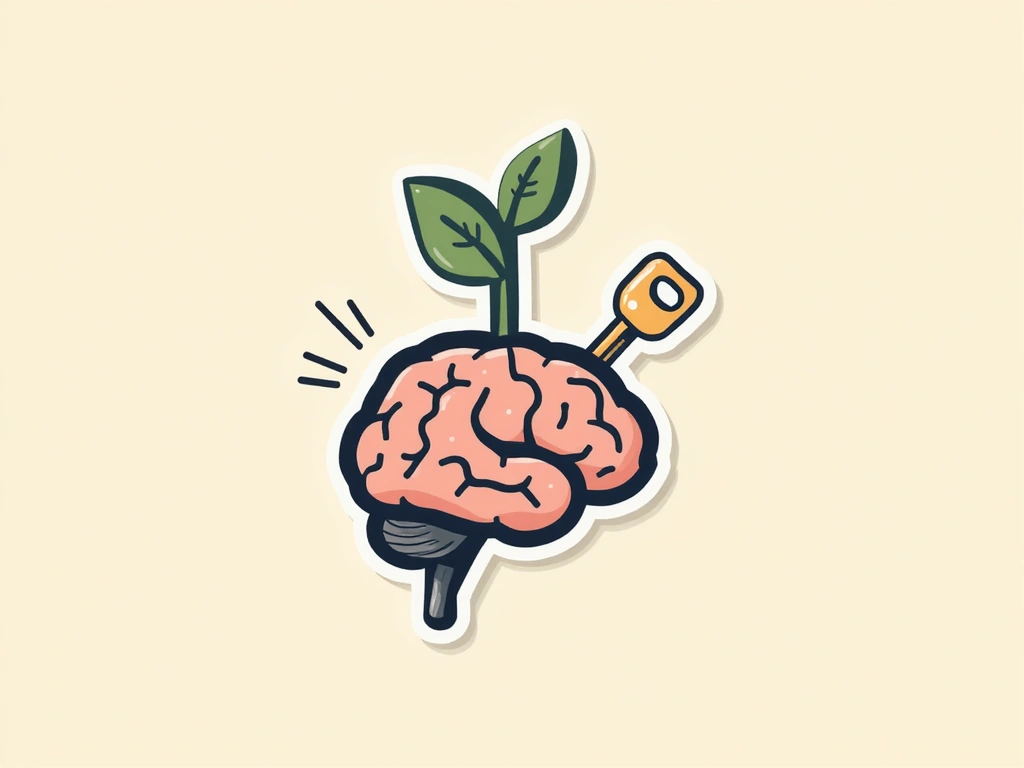Unlock Your Creative Potential with Daily Habits
Ignite Your Creative Spark
Unleashing creativity is not about grand gestures, but about the accumulation of consistent daily habits. This collection of habits offers a practical pathway to tap into your innate creative potential. By integrating these simple yet powerful practices, you can systematically cultivate a mindset and routine that fosters innovation and originality in all aspects of your life.
From mindful solitude to playful exploration, each habit is designed to break down creative barriers and amplify your ability to generate fresh ideas. Embrace these habits to transform your daily routine into a wellspring of inspiration and achieve a more fulfilling and creative existence.
- Cultivate a creative mindset through consistent daily practices.
- Enhance innovation and originality in your work and life.
- Break down creative barriers and overcome blocks.
- Integrate creativity seamlessly into your daily routine.
- Foster a more fulfilling and inspired life.
Embark on a journey to transform your daily life into a canvas for creativity and innovation.
Filter Habits
 Creativity's Habit Sets
Creativity's Habit Sets

Write Morning Pages
Begin each day by writing three pages of longhand, stream-of-consciousness writing immediately after waking. This practice clears mental clutter and makes room for creative insights before external demands intrude.
Why This Matters
Julia Cameron popularized this technique in 'The Artist's Way' as a way to bypass the inner critic and access deeper creative insights. Felicia Day, actress known for Dr. Horrible's Sing-along Blog, emphasizes doing this first thing makes CREATING her job, not answering emails.

Take Inspiration Walks
Step away from your workspace to walk outside with a notebook, allowing movement to stimulate creative thinking. Physical activity combined with changing environments sparks fresh perspectives and unexpected connections.
Why This Matters
According to a Stanford study cited in Media Bistro, walking boosts creative inspiration significantly. Research showed that people walking produced twice as many creative responses compared to those sitting down, whether walking indoors on a treadmill or outdoors in fresh air.

Cultivate Creative Solitude
Regularly schedule extended periods of uninterrupted alone time without external stimuli or social interaction. This deliberate isolation creates space for deep focus and connection with your authentic creative voice.
Why This Matters
Leo Babauta of Zen Habits quotes Rollo May saying, 'In order to be open to creativity, one must have the capacity for constructive use of solitude.' Babauta identifies solitude as the number one habit of highly creative people because it allows you to hear your thoughts, reach deep within yourself, and focus without external influences.

Create Visual Mind Maps
Organize thoughts visually using mind maps that mirror how neurons connect in the brain. This technique helps generate new connections between ideas and improves memory retention of creative concepts.
Why This Matters
Intelligent Change explains that mind maps align with how our brains naturally make connections, allowing one idea to spur another in a visual format. Paper better organizes and records ideas than mental visualization alone, especially when combined with drawings.

Commit to Creative Abundance
Make a conscious decision to create in large quantities rather than focusing on perfection. This energizing mindset connects to your natural creativity and overcomes creative blocks.
Why This Matters
According to Intelligent Change, creating things is our birthright and a potent source of life energy when we allow it to flourish. When we align with this natural part of ourselves, we wake up our creative energy and overcome insecurities that lead to procrastination.
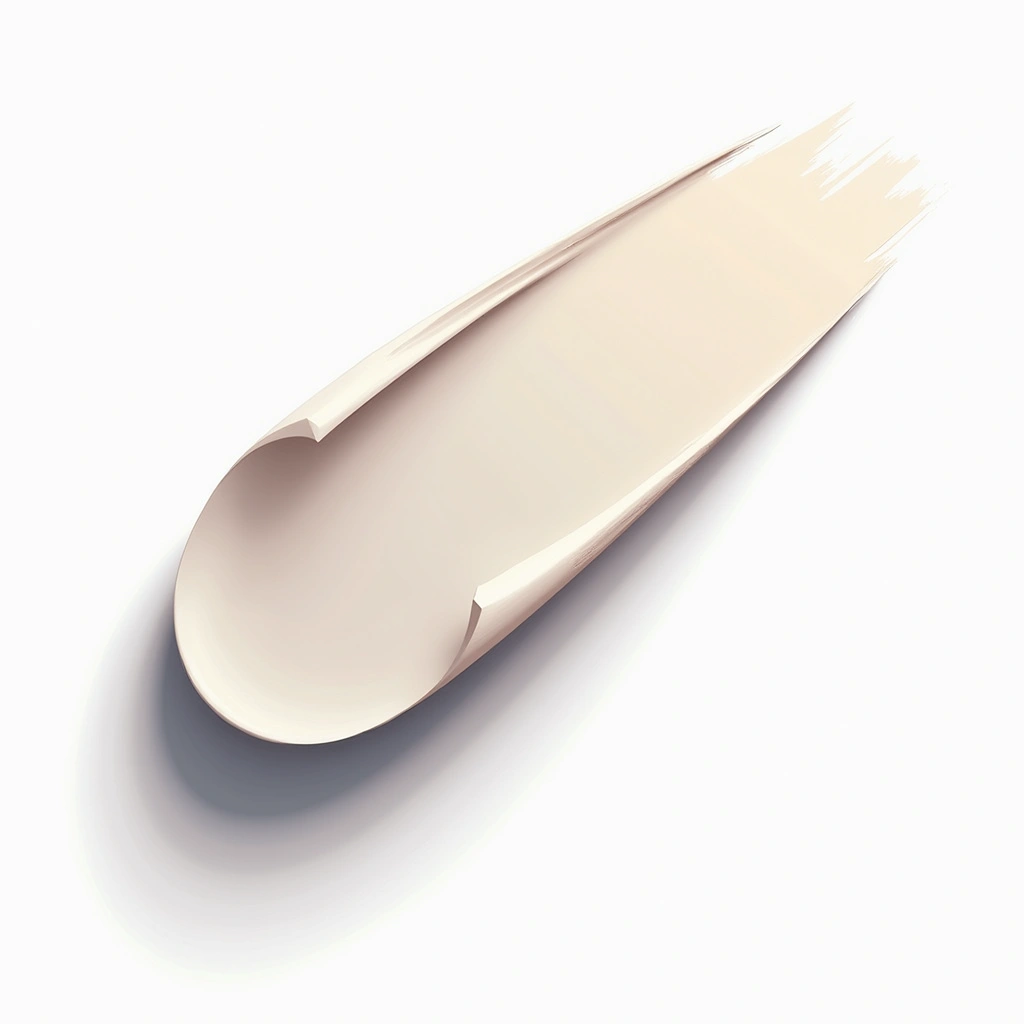
Begin Without Overthinking
Initiate creative work without waiting for perfect conditions or complete clarity. This habit bypasses analysis paralysis and builds momentum through action rather than contemplation.
Why This Matters
Everyday Gyaan identifies this as the first habit of highly creative people because beginning creates forward motion that generates new ideas. By starting without overthinking or judging initial work, creative people overcome the biggest hurdle to creative output.
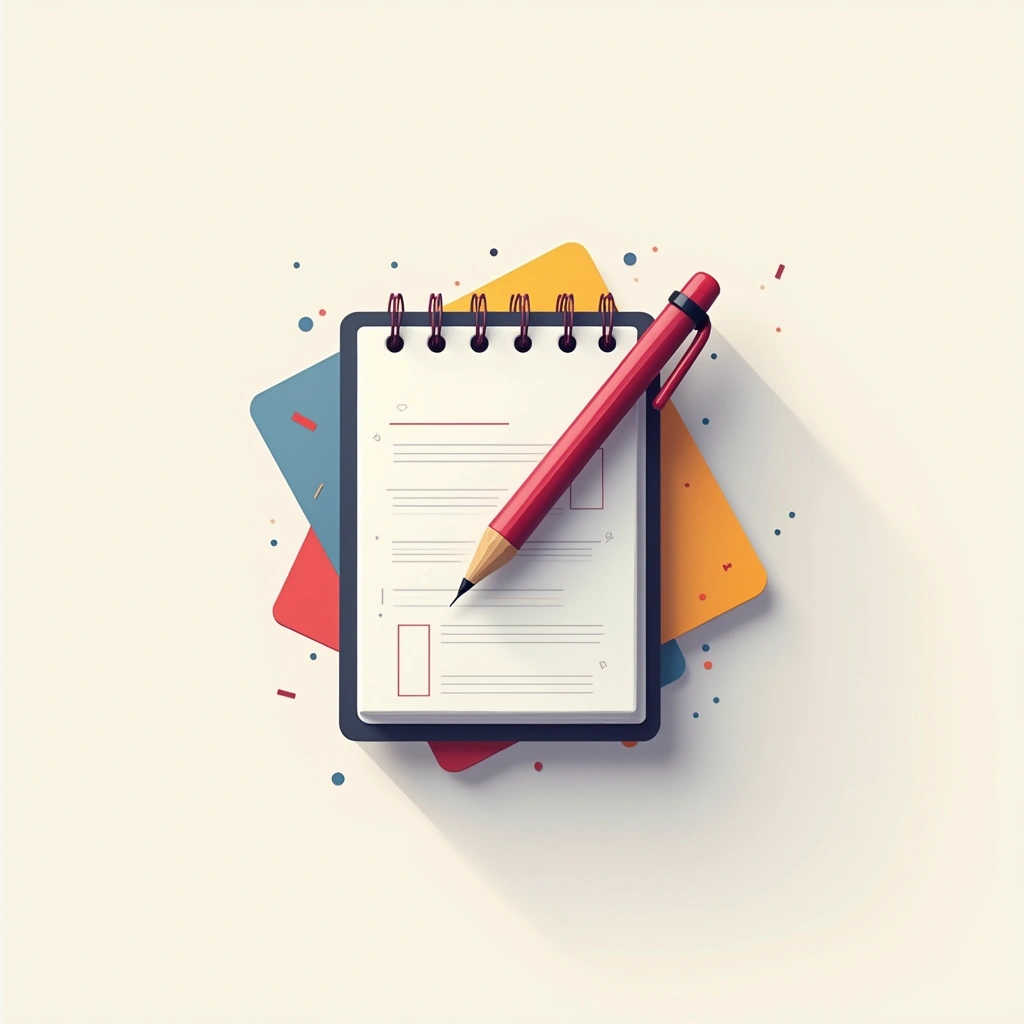
Capture All Ideas
Keep a dedicated idea-capturing system—notebook, app, or voice recorder—with you at all times. Recording fleeting thoughts prevents losing potentially valuable creative insights and frees mental bandwidth.
Why This Matters
According to Everyday Gyaan, writing down every idea ensures none get away and creates mental space for new inspirations. StoryForge reinforces this by recommending keeping a running list of creative ideas, acknowledging the transient nature of creative thoughts.
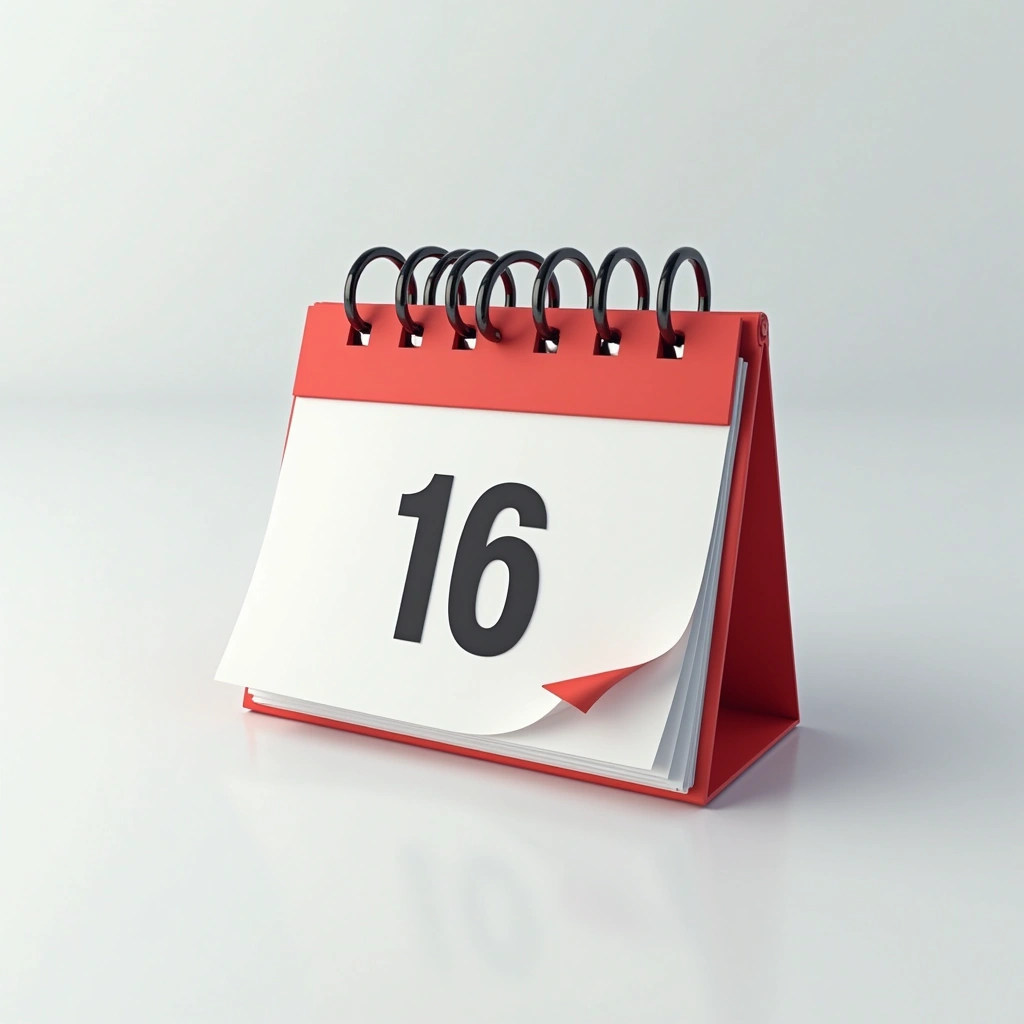
Schedule Creation Time
Block dedicated time in your calendar specifically for creative work, treating it with the same importance as meetings or deadlines. This structured approach ensures creativity isn't relegated to 'when there's time left.'
Why This Matters
Everyday Gyaan emphasizes that highly creative people don't wait for spare time—they actively prioritize creation in their schedule. Psychologist William James noted that having a schedule actually frees our minds to advance to interesting fields of action.
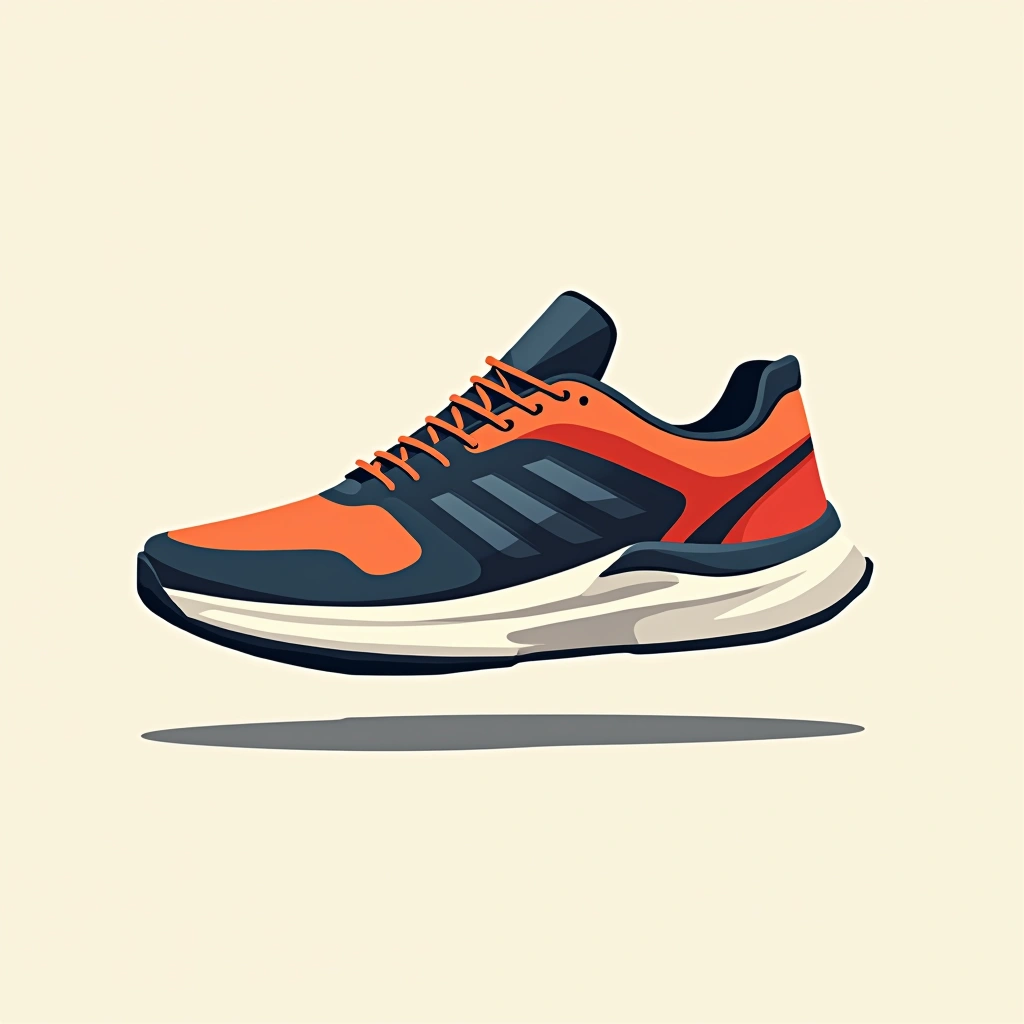
Exercise for Creativity
Incorporate regular physical movement into your routine through walking, yoga, swimming, or other activities. Exercise stimulates brain function while providing valuable disconnected time from devices.
Why This Matters
A Stanford study found that 90% of people were more creative after exercising. Creative figures from Richard Branson to Beethoven and Tchaikovsky all incorporated daily physical activity, recognizing its powerful effect on creative thinking and mental clarity.
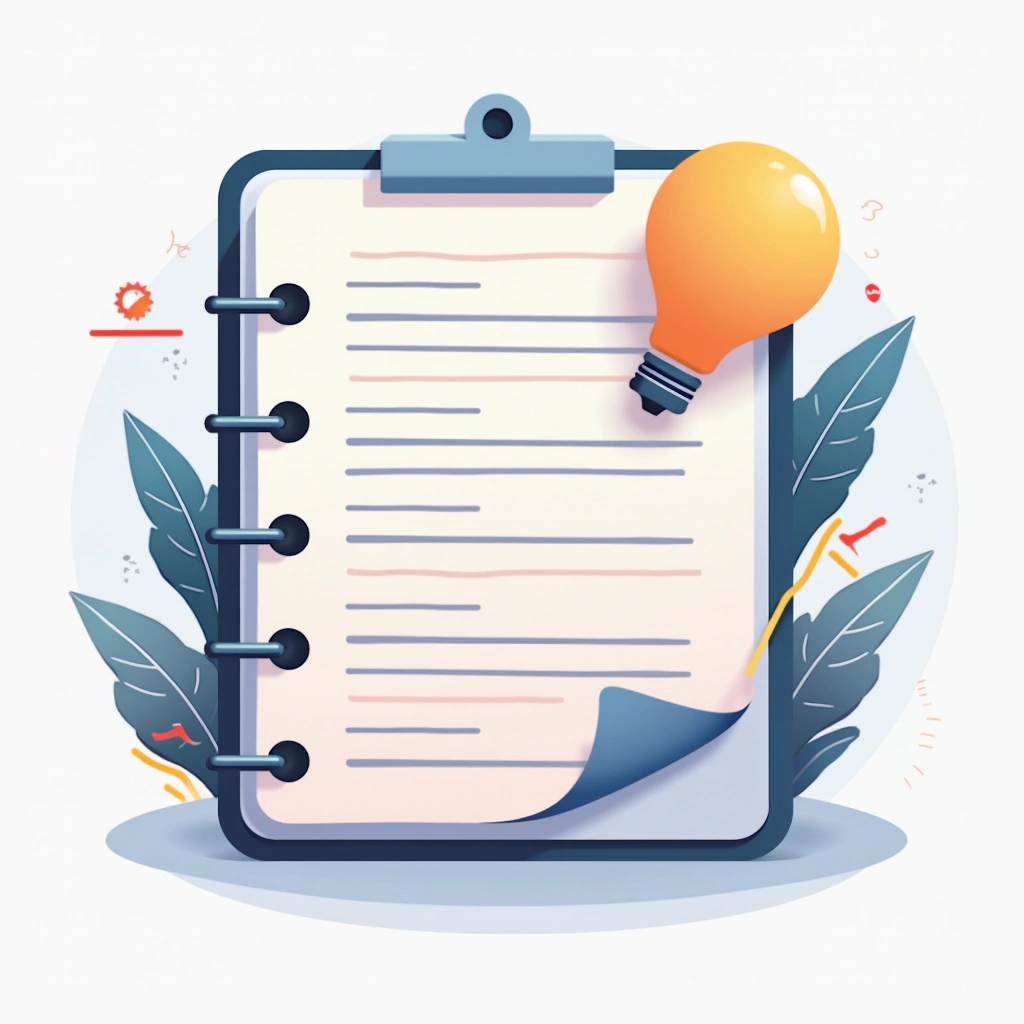
Maintain Disciplined Routines
Establish and rigorously follow a structured daily schedule that includes specific times for creative work. This disciplined approach creates productive constraints and eliminates decision fatigue about when to create.
Why This Matters
According to Forbes, contrary to the myth that creativity requires spontaneity, exceptionally creative people often schedule their days rigorously. Psychologist William James explained that only by having a schedule can we 'free our minds to advance to really interesting fields of action.'

Rise Before Dawn
Begin your day before others are awake to capture the quiet, undistracted morning hours for creative work. This early start aligns with natural high-energy periods and prevents creative time from being displaced by daily demands.
Why This Matters
Forbes reports that exceptionally creative people often wake up early as a strategic choice for uninterrupted focus. By starting the day with creative work before external demands intrude, they prioritize creativity when mental resources are freshest and willpower is strongest.

Start With Playful Exploration
Begin creative projects with a designated period of experimental play without judgment or structure. This playful phase reduces pressure and generates unexpected directions before committing to a specific approach.
Why This Matters
Everyday Gyaan notes that highly creative people intentionally incorporate play at the beginning stages of work. This playfulness bypasses the critical mind, allowing for more innovative and unexpected solutions that might be filtered out during more structured thinking.

Read Challenging Material
Regularly read books or articles that stretch your thinking and expose you to new ideas outside your comfort zone. This practice feeds your creative mind with diverse perspectives and sparks unexpected connections.
Why This Matters
Media Bistro explains that reading, especially literary fiction, boosts empathy and imagination—both essential components of creativity. By consuming challenging material, you exercise your brain, improve vocabulary, and develop a deeper understanding of experiences outside your own.

Curate Inspiration Collection
Systematically collect and organize inspiring content—quotes, images, articles, videos—in digital or analog form. This personal library serves as a creative wellspring when facing blocks or needing fresh perspectives.
Why This Matters
Everyday Gyaan suggests that highly creative people intentionally build collections of ideas and inspiration. This practice ensures you always have stimulating material to draw from and creates a personalized creative reference that evolves with your interests and projects.
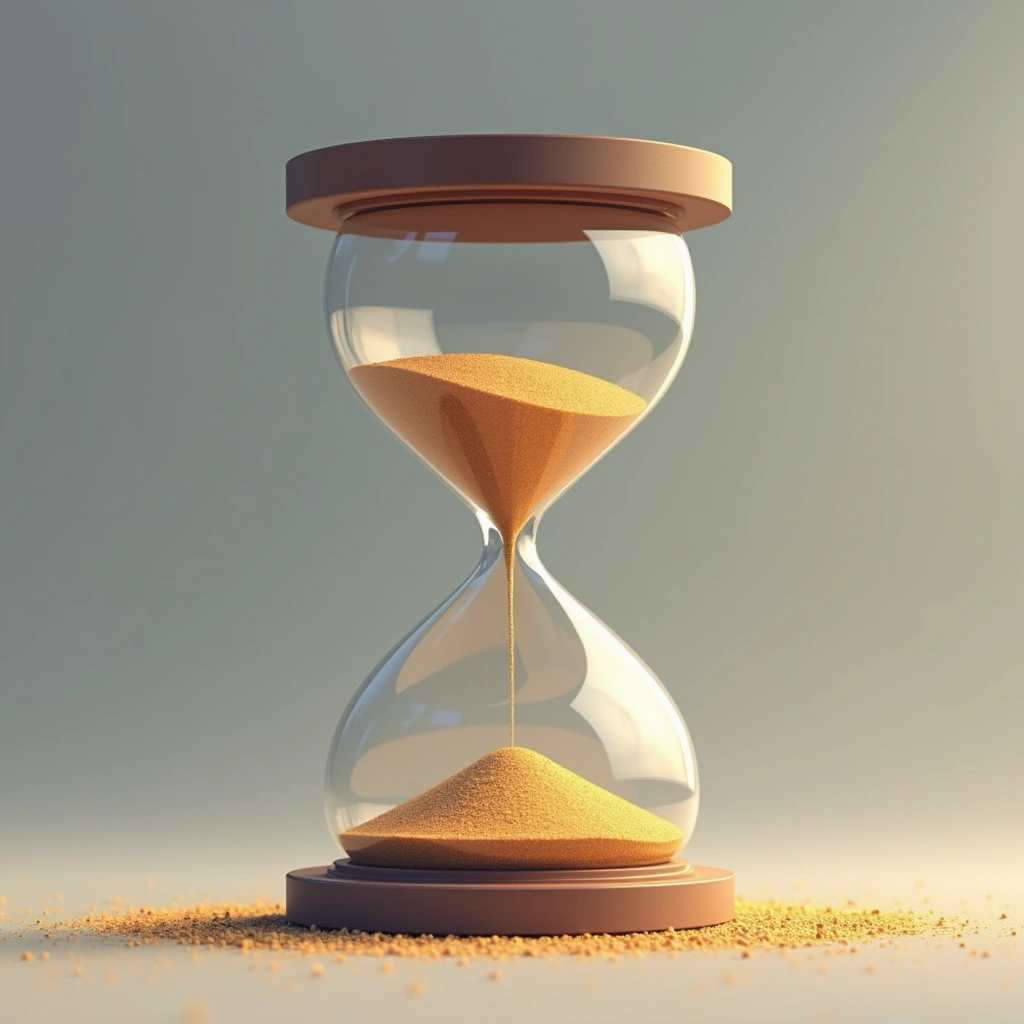
Allocate Extended Creation Blocks
Set aside large, uninterrupted time blocks for creative work rather than short fragmented sessions. Extended time allows for deeper immersion and progression through initial resistance to more innovative thinking.
Why This Matters
Everyday Gyaan emphasizes that highly creative people recognize that meaningful creative work requires substantial time investments. Short sessions often end just as you're pushing past obvious ideas, while longer periods allow reaching the deeper, more original concepts that emerge after sustained engagement.

Maintain Parallel Projects
Simultaneously advance several creative projects at different stages rather than focusing on just one. This approach prevents getting stuck and allows for cross-pollination of ideas between different works.
Why This Matters
Everyday Gyaan notes that highly creative people work on multiple projects simultaneously to avoid getting hung up on a single project. This technique maintains momentum by allowing you to shift to another project when blocked, while unconscious processing continues on the challenging work.

Embrace Constant Experimentation
Regularly try new techniques, materials, or approaches outside your established patterns. Deliberate experimentation prevents creative ruts and discovers innovative methods that wouldn't emerge through planning alone.
Why This Matters
Everyday Gyaan identifies continuous experimentation as a key habit of creative people, noting that 'the best things come this way in art, work and life.' This experimental mindset treats creative work as a laboratory where failures and unexpected outcomes are valuable data rather than mistakes.

Practice Daily Consistency
Engage with your creative practice every single day, even if only for 15 minutes. This consistent discipline builds skill through compound effects and maintains creative momentum regardless of inspiration levels.
Why This Matters
Everyday Gyaan emphasizes that highly creative people commit to working on their craft daily, recognizing that creativity responds to regular practice rather than sporadic bursts. This consistency strengthens neural pathways associated with creative thinking and develops technical facility that supports more ambitious expression.

Observe Human Behavior
Regularly spend time in public spaces attentively watching how people interact, move, and express themselves. This observational practice provides authentic character insights and behavioral patterns for creative work.
Why This Matters
Everyday Gyaan notes that creative people recognize that 'everyone tells a story' through their actions and interactions. By deliberately studying real human behavior, you develop a rich understanding of psychological and social dynamics that informs more authentic and nuanced creative output.

Take Music Movement Breaks
Interrupt creative sessions with brief, energetic movement to upbeat music. These physical breaks shift your mental state, release tension, and reactivate creative thinking through embodied experience.
Why This Matters
Everyday Gyaan lists dance breaks as a habit of highly creative people because physical movement to music engages different neural pathways than seated mental work. This practice combines the creativity-boosting benefits of exercise, music's emotional impact, and playfulness to reset mental patterns.
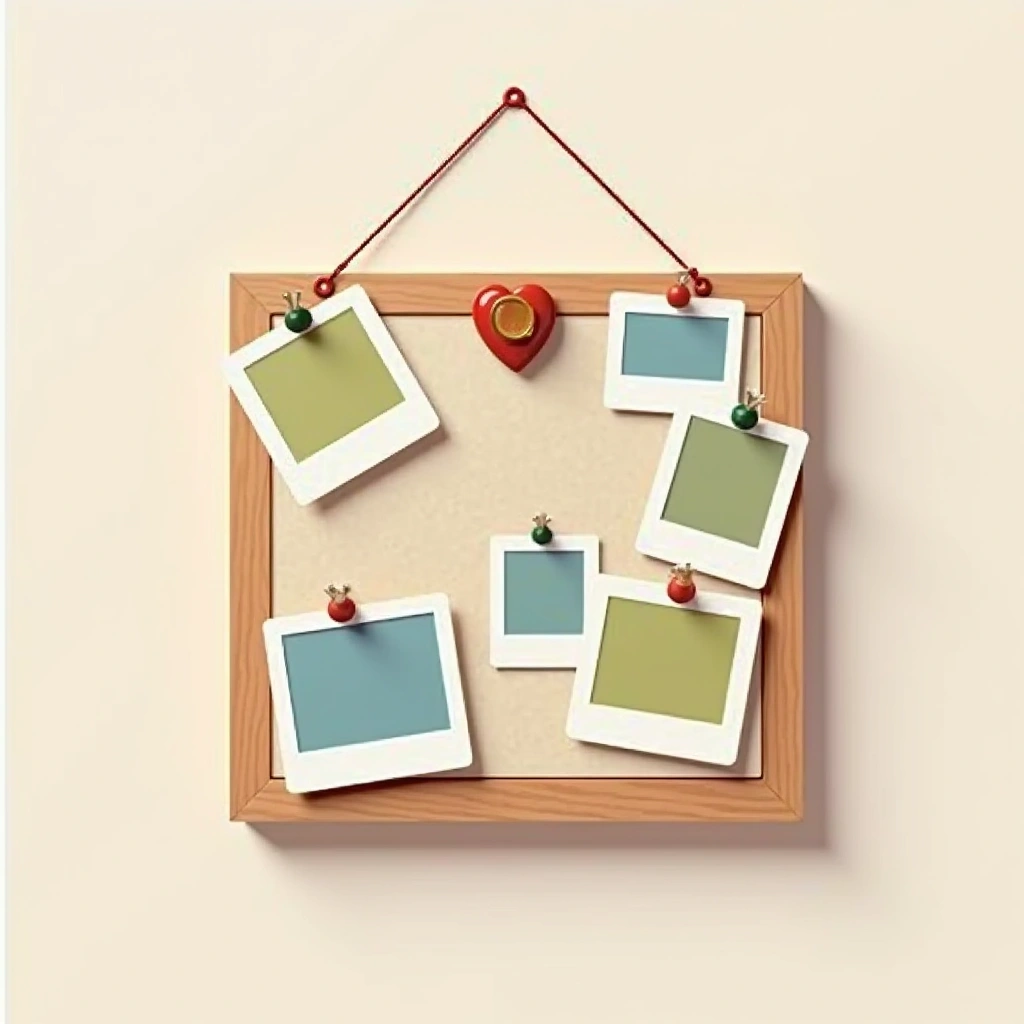
Craft Inspiration Boards
Assemble physical or digital collages of images, quotes, and materials that visually represent your creative aspirations. These tangible vision boards serve as constant visual inspiration and clarify aesthetic or conceptual directions.
Why This Matters
Everyday Gyaan identifies inspiration boards as a tool used by highly creative individuals to externalize and solidify their creative vision. By creating a visual representation of inspiring elements, you train your mind to recognize and develop patterns that align with your creative goals.
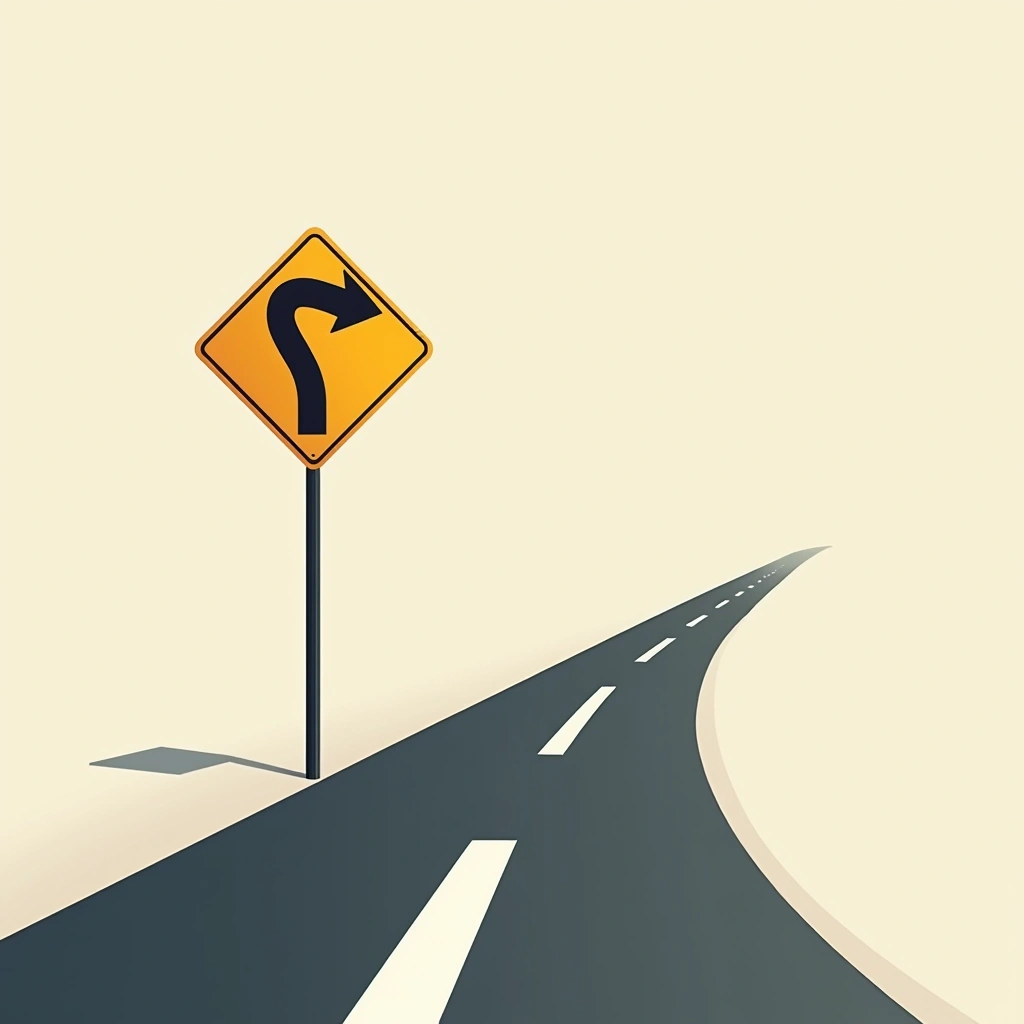
Disrupt Regular Patterns
Periodically alter your normal routine—work in new locations, change your schedule, or use different tools. These deliberate disruptions prevent habitual thinking and expose you to novel stimuli that spark creativity.
Why This Matters
Everyday Gyaan lists varying routines as a habit of creative people because familiarity breeds predictable thinking. When surrounded by the same environment and patterns, creative pathways become fixed; disrupting these patterns forces the brain to form new connections and perspectives.

Embrace Creative Failures
Consciously reframe creative missteps as valuable experimental data rather than personal shortcomings. This mindset encourages bold risks and prevents perfectionism from stifling innovative attempts.
Why This Matters
Everyday Gyaan notes that highly creative people accept failure as an intrinsic part of the creative process rather than something to be avoided. This acceptance increases willingness to attempt challenging or uncertain approaches, recognizing that creative breakthroughs often emerge from multiple iterations and lessons learned from unsuccessful attempts.

Seek Trusted Feedback
Regularly share works-in-progress with select individuals whose judgment you trust and who understand your creative goals. This external perspective identifies blind spots and strengthens ideas through articulation and dialogue.
Why This Matters
Everyday Gyaan identifies consulting trusted friends as a habit of highly creative people because verbalizing ideas to others requires clarifying fuzzy concepts. This process not only improves the original concept but often generates new connections through the interactive exchange of perspectives.

Cultivate Daily Curiosity
Make learning something new every day a priority through reading, observing, or experimenting. A curious mind creates fertile ground for unexpected creative connections and fresh perspectives.
Why This Matters
Albert Einstein attributed his creative success not to special talent but to being 'passionately curious.' By deliberately seeking new knowledge and experiences, you develop the fundamental mindset that enables creative thinking and problem-solving.

Schedule Deliberate Daydreaming
Set aside short periods throughout your day for unstructured mental wandering without judgment or purpose. This practice counters productivity culture by allowing your mind to make unexpected creative connections.
Why This Matters
According to Jenna Rainey, in our productivity-driven society, daydreaming is undervalued despite leading to profound creative insights. By giving your brain permission to wander without specific goals, you access the default mode network where creative connections often occur.
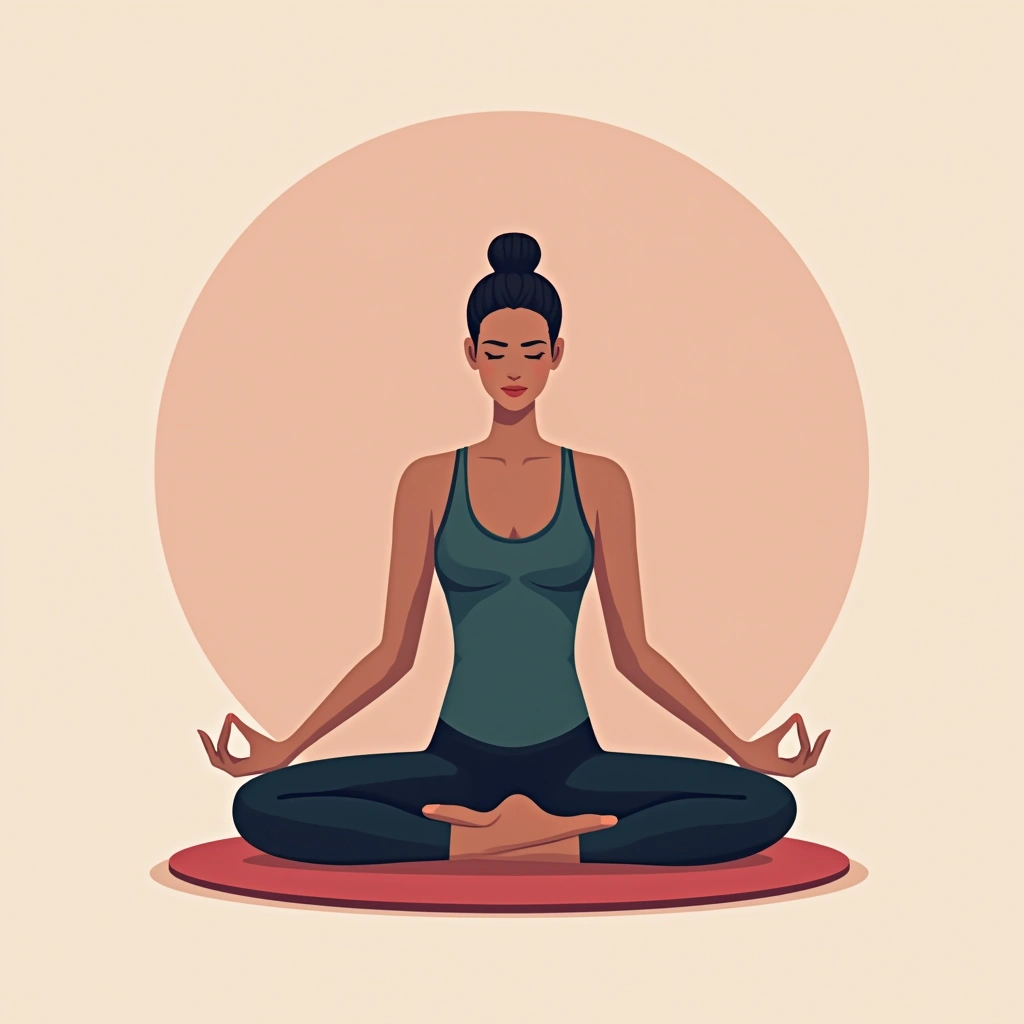
Practice Daily Meditation
Incorporate regular meditation sessions to quiet the critical mind and increase awareness of mental patterns. This practice increases access to the brain states associated with creative insights and mystical experiences.
Why This Matters
Media Bistro explains that meditation correlates with specific brain wave activity in areas associated with creativity. Neuroscience findings show increased brain wave activity in regions linked to creative thinking during meditation, helping practitioners quiet racing thoughts and reach more imaginative mental states.
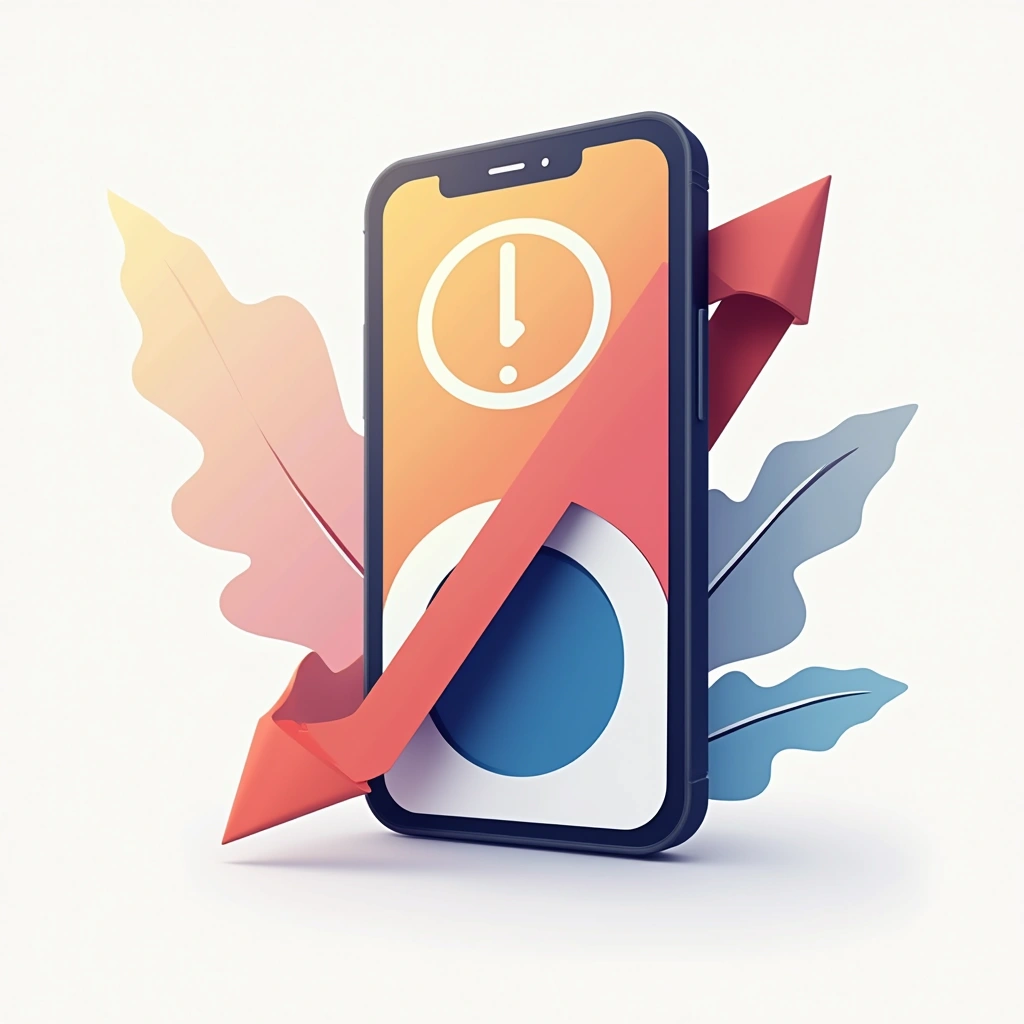
Schedule Digital Detoxes
Regularly disconnect completely from all electronic devices for designated periods. These intentional breaks from digital stimulation allow your brain to process existing information and generate original thought patterns.
Why This Matters
Media Bistro emphasizes the importance of unplugging from electronics for at least 30-60 minutes daily to improve the brain's ability to generate original thought. While the internet provides external inspiration, disconnecting creates essential space for internal inspiration and processing of collected information.

Prioritize Restorative Rest
Ensure adequate sleep and incorporate intentional rest periods into your creative practice. This rejuvenation prevents cognitive depletion and allows the unconscious mind to process complex creative problems.
Why This Matters
Media Bistro cites neuroscientist Matthew Walker's research on the crucial role of rest in creativity. Proper sleep and rest periods allow the brain to consolidate information, make unexpected connections, and restore cognitive resources necessary for innovative thinking.

Use Tangible Creative Tools
Regularly step away from digital devices to engage with physical creative tools like paints, clay, or musical instruments. This tactile engagement activates different neural pathways and sensory experiences than digital work.
Why This Matters
Everyday Gyaan recommends physical creative tools because the tangible nature of analog media creates a different relationship with the creative process. The sensory feedback, permanent nature of marks made, and freedom from digital distractions engages parts of the brain that remain dormant during screen-based activities.
Key Takeaways for Creative Living
These key takeaways provide a focused review of the core principles embedded within these transformative habits.
- Mindset Matters: Cultivate a mindset of abundance, curiosity, and playfulness to unlock creative flow.
- Routine is Your Ally: Structure your day with dedicated creation time, disciplined routines, and consistent practice to build momentum.
- Environment Shapes Creativity: Utilize solitude, inspiration collections, and breaks in routine to foster fresh perspectives.
- Well-being Fuels Innovation: Prioritize rest, exercise, and digital detoxes to maintain mental and physical energy for creative pursuits.
- Embrace Experimentation: Step outside your comfort zone, embrace failures as learning, and seek feedback to continuously grow.
Start small, stay consistent, and witness the profound impact of these creative habits on your life. Your creative potential awaits – begin today!
